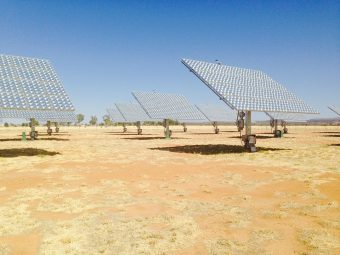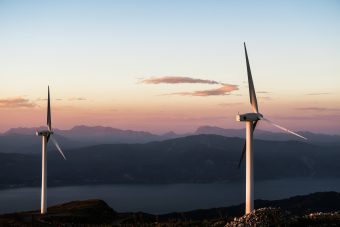The International Renewable Energy Agency (IRENA) and UN Climate Change (UNFCCC) are jointly ramping up efforts to fight climate change by promoting the widespread adoption and sustainable use of renewable energy. The new strategic partnership builds on a long history of cooperation that aims to ensure a low-carbon climate-resilient world in line with the Sustainable Development Goals and the Paris Agreement.

In a Memorandum of Understanding signed today in Bonn between the heads of IRENA and UN Climate Change, the two organisations have agreed to step up the exchange of knowledge on energy transition, collaborate more closely at expert meetings, increase capacity building to promote renewables and undertake joint outreach activities.
Patricia Espinosa, Executive Secretary of the UN Framework Convention on Climate Change (UNFCCC) said: “The rapid transition to clean energy is crucial to meet the central goal of the Paris Climate Change Agreement, which is to hold the global average temperature rise to as close as possible to 1.5 degrees Celsius.
Time is running out – we are already seeing worsening climate change impacts around the world –including unprecedented heatwaves – and we need to grasp all opportunities to rapidly deploy clean, renewable energy at scale to prevent the worst climate scenarios form becoming a reality.”
Francesco La Camera, Director-General of the International Renewable Energy Agency (IRENA) added: “Falling technology costs have made solar, wind and other renewables the competitive backbone of energy decarbonisation and, together with energy efficiency, the most effective climate action tool available.
Renewable energy delivers jobs, delivers on sustainable development and will deliver a viable climate solution. The renewables-based energy transition provides a clear opportunity to increase ambition in the reviewing process of the national climate commitments under the Paris Agreement. IRENA will fully support countries in realising this opportunity on the way to COP25 in Chile this year and to COP26 in 2020.”
UN Climate Change and IRENA are already working together to promote renewable energy, notably at expert meetings and through publications.
At a practical level, the organisations have jointly provided capacity building on renewable energy through training sessions, for example to several African countries.
IRENA is also one of the biggest supporters of the UNFCCC’s Global Climate Action work, designed to mobilise climate-related activities of cities, regions, businesses and investors.
The new agreement is designed to build on this work, and to expand regional activities in the field of clean technology.
Source: IRENA




































